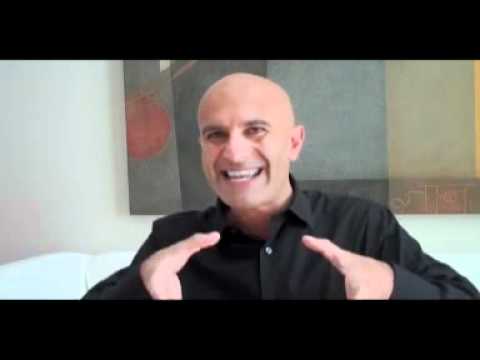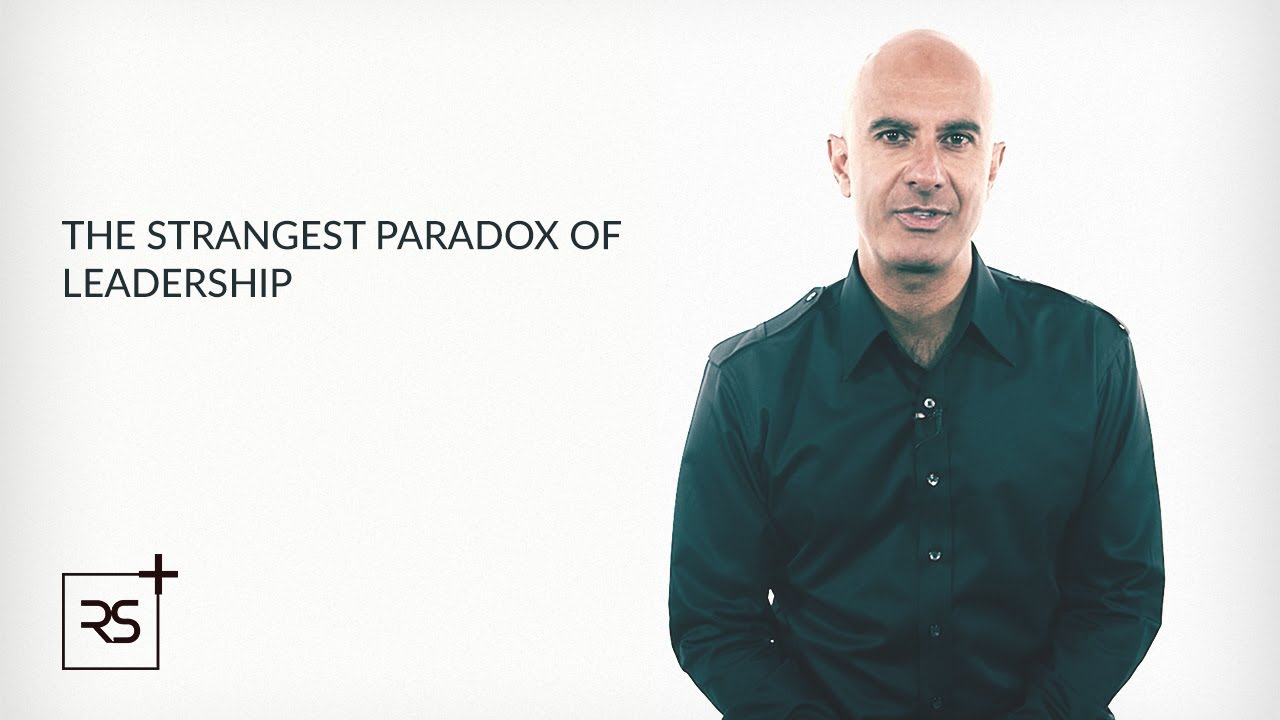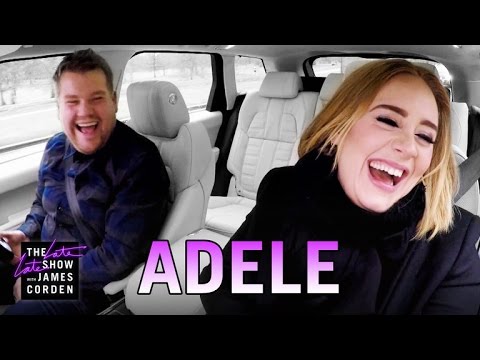How to lead without a title with Robin Sharma
Robin Sharma is one of the best leadership experts in the world and was a speaker at BRAND MINDS 2018.
BRAND MINDS is The Central and European Business Summit taking place in Bucharest, Romania.
Even though positions are important for the good running of an organization, Robin Sharma believes more in the new model of leadership (leadership 2.0), that is all about every single stakeholder showing leadership in the work they do.
Leadership is no longer about positions, but about passion. It’s no longer about the image, but the impact.
This is really all about distributed leadership.
Every single person who works within a business, for example, owns the responsibility of showing leadership at their craft.
Moreover, according to Robin Sharma, in a business world without titles, there are 4 important tactics one should think about and use:
- If you can’t lead yourself, you can’t lead others. We have no business leading others into greatness if our own personal lives are a train-wreck. Being successful in the game of life precedes great leadership. Face whatever personal issues you’ve been avoiding head on and clean up on all fronts.
2. Never make anyone feel as if there isn’t room in the lifeboat. No matter the mistake, no matter what mile a person is at on their road to mastery, always be ready and willing to throw a lifeline – lend a hand, offer insight, donate your time, run out for coffee. The winners understand that strengthening capacity at every level, in every person, is the way to win.
3. Watch Invictus. Clint Eastwood’s excellent and entertaining reminder of great leadership. Morgan Freeman performs as Nelson Mandela. The film teaches us how to eloquently execute astonishing acts of forgiveness, compassion and moving upward when circumstances and people hold the potential to yank you into victimhood.
4. Stay Strong “secure your oxygen mask first before assisting others.” Do you know where your oxygen comes from? Routine challenging exercise, healthy eating habits, sleeping deeply, and doing what makes me feel alive and excited is my oxygen. It’s what keeps me strong.
Refuse the lifestyle, the habits and the circumstances that weaken you. Great leaders don’t just own their full potential on the floor or in the field; they claim their potential in all domains of their life. You can’t be great in one arena and mediocre in another.
The 90 seconds rule: Act on a good idea or great opportunity within 90 seconds. Before the voice of fear begins to take over.
A Formula For Success: A vision that moves you + Constant innovation + Daily action.
More on the Manifesto one can read here.
Are you a #worldchanger?
Come to BRAND MINDS 2020!
Here are our first confirmed speakers; we will be announcing more speakers in the coming months so stay tuned!
Malcolm Gladwell, Martin Lindstrom and Michio Kaku

What makes a video viral?
Creating a successful viral campaign is every marketer’s dream nowadays and many agencies aspire to the idea of creating a video that will have a huge impact on the target and will get shared fast and, therefore, create a big buzz around it. But what is a viral video and how hard is to reach that goal? According to the definition on techopedia, a viral video is any clip of animation or film that is spread rapidly through online sharing. Viral videos can receive millions of views as they are shared on social media sites, reposted to blogs, sent in emails and so on. Most viral videos contain humor and fall into three broad categories:
- Unintentional Viral Videos: Videos that the creators never intended to go viral. These videos may have been posted by the creator or shared with friends, who then spread the content.
- Humorous Viral Videos: Videos that have been created specifically to entertain people. If a video is funny enough, it will spread.
- Promotional Viral videos: Videos that are designed to go viral with a marketing message to raise brand awareness. Promotional viral videos fall under viral marketing practices.
When it comes to the formula of creating a viral, it hasn’t been determined or shared yet, leaving us thinking that some of the success it has to do with luck and that most things actually go viral by accident. Very few people have mastered the art of creating viral content on purpose. What is for sure known is that it has to appeal to the target’s emotions, no matter their type (happiness, sadness, anger, joy, love, etc).
“Viral videos are the talk of the town—garnering coverage on popular blogs, rising to the top of sites like Reddit, being Tweeted and posted to Facebook, and even covered on the evening news,” wrote Megan O’Neill for AdWeek.
“There’s no specific number of shares, likes, retweets, reblogs, or whatever another measure of interaction needed to be reached in order for it to claim “viral” status. On YouTube, lots of videos get tens of thousands of views now shortly after being uploaded, but many people wouldn’t say that’s enough to consider it viral. Back in the day, however, when YouTube was much smaller and there weren’t as many users uploading videos, tens of thousands of views may have counted as <<going viral>>,” said Elise Moreau for Lifewire.
Moreover, advanced technology and platform design have made it way too easy to share things with our friends and followers, making the perfect environment for a ripple effect to occur on all levels of social media with the perfect piece of shareable content. All it takes is a few shares and the right audience to trigger an avalanche of sharing across the internet. It’s not easy to start a viral movement, but when it does happen, it can take the most regular people and turn them into internet celebrities practically overnight if it’s powerful enough.
According to Jonah Berger, marketing professor at the Wharton School at the University of Pennsylvania and author of “Contagious: Why Things Catch On”, quoted by entrepreneur.com, visceral response is what separates viral breakouts from busts. Berger has spent years investigating the mechanics behind virality, identifying six key drivers under the acronym STEPPS. They are Social Currency (e.g., sharing things that make people look good), Triggers (acknowledging that we talk about things that are top-of-mind), Emotion, Public (imitating what we see others do), Practical Value (news people can use) and Stories (information passed along under the guise of idle chitchat). “Each [driver] is a research-tested principle that increases the likelihood that people will talk about and share things, that brands get word-of-mouth, that services get shared and that videos get passed along the internet,” Berger explains. “We can reliably say that including certain characteristics and messages will increase the number of people who share [content] and the likelihood it will be shared.”


